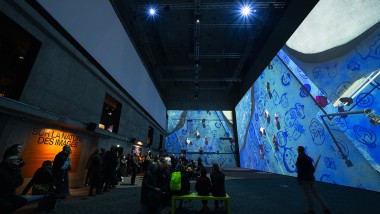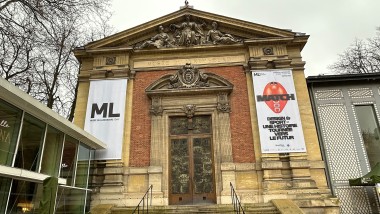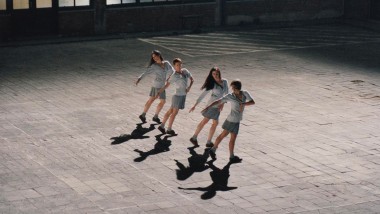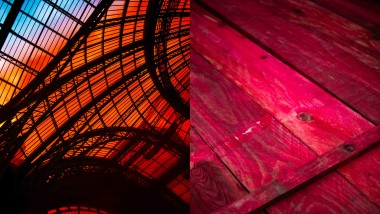The Bauhaus is the abbreviated form of the German school “Staatliches Bauhaus” which translates as “national house of building”. Founded in Weimar in 1919 by the architect Walter Gropius (1888-1969), the aim of the school was to bring together art and technology, beauty and functionalism. The three-year course was multidisciplinary: architecture, design, as well as photography, fashion and dance. Highly technical classes were given on the properties of materials and work processes, but also courses on the understanding of forms and their symbolism. All of the teaching was intended to solve questions of structure and decoration, and to create a harmonious habitat and living environment for industrial society. The Bauhaus taught the theory of functionalism: the form of an object should develop from its use. It should be harmonious, fit for purpose, and able to be standardized in order to benefit the greatest number of people. The Bauhaus agenda attracted the membership of avant-garde artists who came to teach there, like the painters Klee (1879-1940) and Kandinsky (1866-1944). The school’s innovative range shocked and provoked hostility in Weimar’s bourgeois academic circles, forcing it to move to Dessau in 1925. The new building – designed by the teachers and students – symbolized the school’s work: with clean, functional lines, it used materials like concrete and glass, transposing abstraction to architecture and the domestic arts. But the Bauhaus was once more driven out by the National Socialist majority, and tried to relocate to Berlin. The school was finally closed in 1933 by the Nazis, who saw in it the “cradle of cultural bolshevism”. Some of the teachers left for the United States and the spirit of the school was revived in 1937 in Chicago through the Institute of Design.





